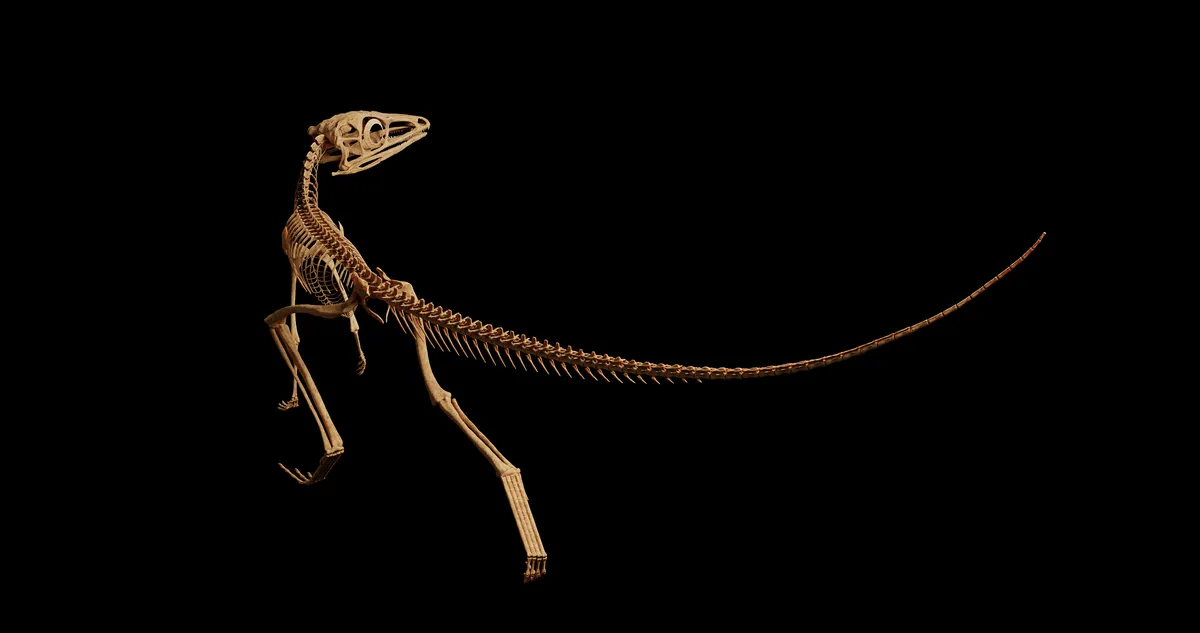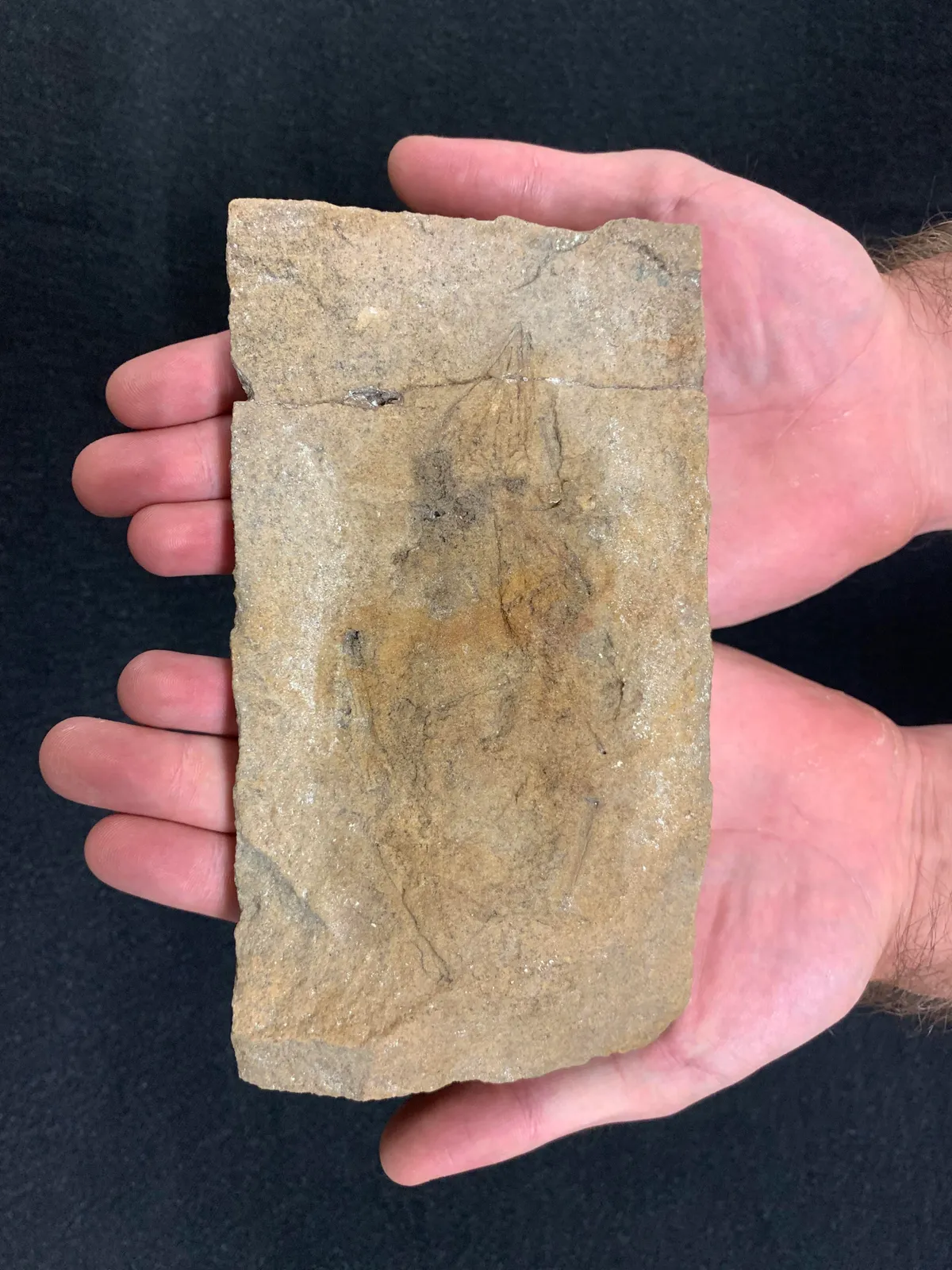Fossils first discovered in northeast Scotland more than 100 years ago have been identified as belonging to an early ancestor of pterosaurs – the iconic flying reptiles of the dinosaur age.
Researchers based at National Museums Scotland identified Scleromochlus taylori by making casts of impressions left in sandstone by several specimens of the reptile found in northeast Scotland. They then CT scanned these impressions and recreated the skeletons of Scleromochlus using 3D modelling software.

This enabled them to piece together the fine details of the early reptiles’ anatomy and place them in the family tree of lagerpetids, the closest relatives to pterosaurs.
Scleromochlus was a small, cat-sized animal that lived in what is now Elgin in northeast Scotland, around 230 million years ago.
Identifying Scleromochlus had previously proved problematic due to the difficulty in correctly identifying the fine detail in its anatomy.

“It’s exciting to be able to resolve a debate that’s been going on for over a century,” said lead researcher Dr Davide Foffa, a former research associate at National Museums Scotland.
“But it is far more amazing to be able to see and understand an animal which lived 230 million years ago and its relationship with the first animals ever to have flown.”
Read more about dinosaurs: